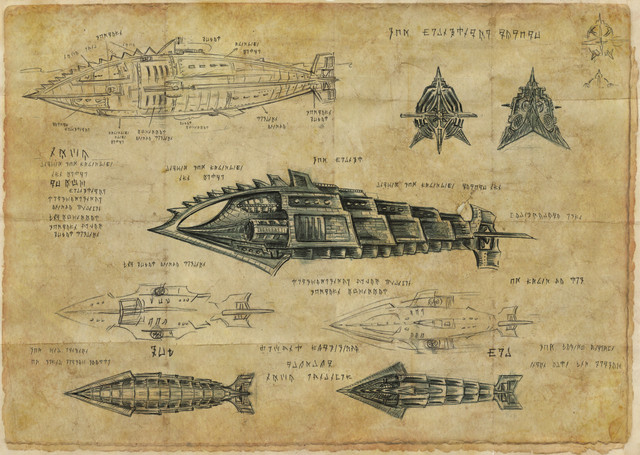HOME | DD
 Ramul — REP: The Trunkfish
Ramul — REP: The Trunkfish

Published: 2013-03-20 09:02:10 +0000 UTC; Views: 4461; Favourites: 80; Downloads: 38
Redirect to original
Description
Trunkfish are an odd family of small to middle-sized primitive eupinna possessing a strongly enlarged tongue that is fused to the upper jaw and non-retractable. The other three jaws are reduced, toothless and are only used to create suction; the tongue canals have a secondary opening in the mouth. Other traits of the group are the spine in front of the usually very short or absent dorsal fin and the large pectoral fins, which are used as the main propulsion when swimming slowly. Trunkfish live in rocky coastal areas, where they use their tongues to suck small animals and mobile plants out of rock and reef crevices. Due to the highly derived tongues mating in these species is fairly awkward and consists usually of pushing the tongue tips together and suck the water out of the canals before sperm transfer takes place. In species with extensive sclerotisations either spermatophores are deposited or the canals possess estendable tubes which are inserted into the female's tongue openings in the mouth.Seahoover: one of the few pelagic species that feeds on phytoplancton. The plancton usually accumulates in layers close to the sea surface, where the UV radiation levels aren't harmful to them or layers of dead organisms float on the water surface and the seahoover sucks them up from below. the tongue contains special rake structures to filter the plancton from the ingested water, while the filtered water is removed through the mouth. To swallow, the rakes get retracted and the planckon brushed off the raked to be swallowed.
Reef hairfin: a member of a middle-sized, slow-moving genus that feeds on fairly small organisms, probing multiple crevices with their long tongues without moving. The finger-like tongue tips are able to pick small objects up.
Pincertongue: a carnivorous species that possesses venomous pincers on the tongue tip. Compared to other trunkfish the the jaws are fairly mobile and possess secondary tooth plates, while the tongue canals have lost their function of passing food items and are used only as a smelling organ. Pincertongues hunt by sneaking up on their prey, poisoning it and following the smell after it flees to feed on the carcass.
Related content
Comments: 8

Hey, quite interesting! you know, I bet you could have a species that uses that vacuum-construction adaptation of the jaws to shoot out a trunk, almost chameleonlike!
👍: 0 ⏩: 1

The anatomy of this group would be unsuitable for this, but spaceshipsharks use harpoon-tongues.
👍: 0 ⏩: 1

I was nodding, reading to this comment, "Yes, yes, he's probably right ..." and then I got to that last bit: "but spaceshipsharks use harpoon-tongues."
👍: 0 ⏩: 1

The tongues were explained on their sheet, so I would think it would be known already by those closely following the project.
👍: 0 ⏩: 1

The longest are as long as an arm, trunk included.
👍: 0 ⏩: 0

























